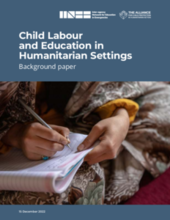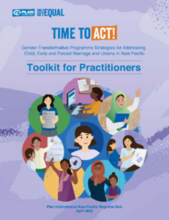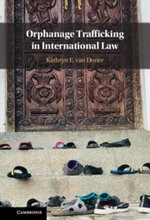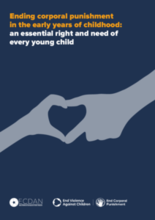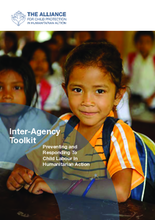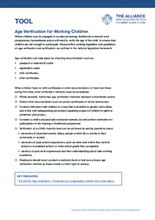Displaying 21 - 30 of 339
This paper attempts to highlight some of the key issues regarding child labour and education in emergencies.
This toolkit developed by Plan International Asia-Pacific Regional Hub serves as a practical compendium of programming guidance for practitioners, and contributes to accelerating efforts to end child, early and forced marriage and unions (CEFMU) by 2030, in line with the Sustainable Development Goals (SDGs).
This book explores the process of orphanage trafficking as a form of child trafficking in international law, examining the contexts in which it occurs and providing a comprehensive, holistic approach to addressing the issue as a form of trafficking
Watch the launch of a ground-breaking report: Cycles of Exploitation: The Links Between Children’s Institutions and Human Trafficking. The report makes recommendations for breaking the complex cycles of exploitation that trap children and let traffickers go free.
This briefing, authored by Jorge Cuartas with End Violence and the Early Childhood Development Action Network examines evidence from research on the impacts of violent punishment on young children, global prevalence and progress towards universal prohibition, and strategies to end corporal punishment. It adds yet more weight to the call that all countries must take steps to prohibit and eliminate violent punishment of all children without delay.
This paper examines the lived experiences of children who interacted with tourists in a performance-based orphanage in Siem Reap, Cambodia.
This study addresses a gap in the literature regarding older youth with intellectual disabilities who are sexually victimized and pushed to engage in transactional sex while they are transitioning from child welfare systems involvement. It does so by examining risk and protective factors at the individual, micro, exo, and macro systems levels.
This toolkit complements the 2019 Edition of the Minimum Standards for Child Protection in Humanitarian Action and seeks to form an evidence base for child labour programming in humanitarian settings, reflecting the great progress made over the past years.
This tool, part of the Inter-Agency Toolkit: Preventing and Responding to Child Labour in Humanitarian Action, offers guidance on age verification, including when children have no birth certificates or other documentation, or have lost these during a crisis.
The authors of this study used two independent methods to estimate prevalence of sex trafficking victimization among with prior maltreatment and foster care placements in one state in the U.S.

